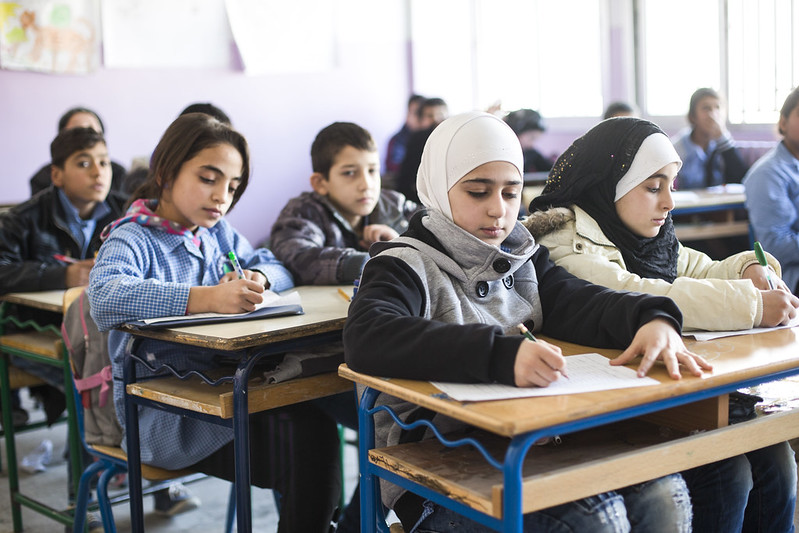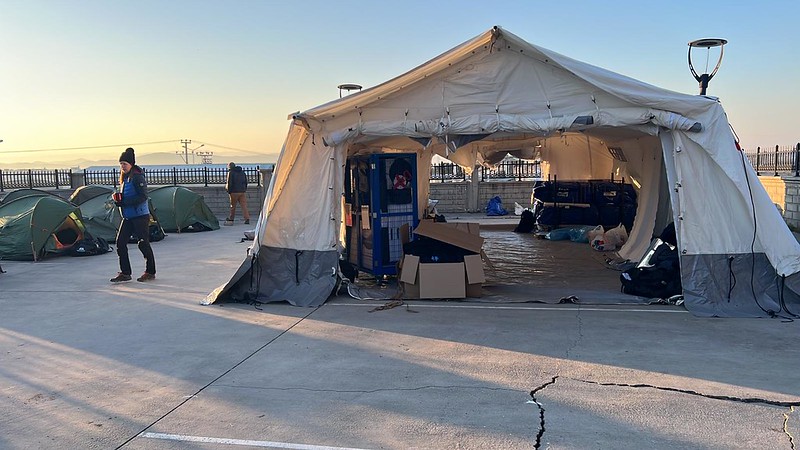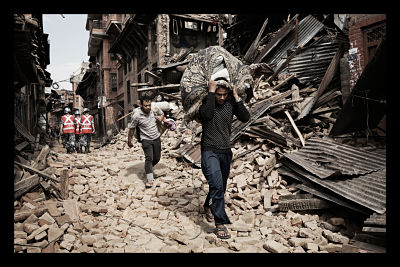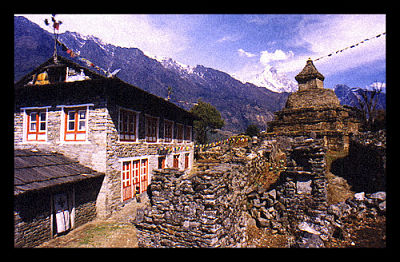 The series of high-magnitude earthquakes in February and March 2023 had devastating effects on Syria. Between the destruction of communities, the damage of buildings, and the number of displaced families, Syria faces a crisis that could have an impact for many years. In the midst of the chaos, the fight for children’s continued access to education in Syria remains a priority for the government and international organizations.
The series of high-magnitude earthquakes in February and March 2023 had devastating effects on Syria. Between the destruction of communities, the damage of buildings, and the number of displaced families, Syria faces a crisis that could have an impact for many years. In the midst of the chaos, the fight for children’s continued access to education in Syria remains a priority for the government and international organizations.
How the Earthquakes Impacted Education in Syria
Of the 8,800,000 people that the earthquakes affected, 3.7 million were children. The earthquakes damaged a total of 2,947 schools, and it is estimated that 200,000 children do not have access to education due to the mandatory closure of schools for health and safety concerns. This not only has an immediate impact on children, but is a major disruption in the country’s future success, as the completion of secondary education reduces global poverty and infant mortality rates. The importance of returning to school as soon as possible is at the forefront of government concern. Attending school gives children a sense of safety and normality, as well as giving them access to necessary services such as counseling.
GPE and ILO
Global Partnership for Education (GPE) immediately mobilized funding to set up temporary learning spaces, repair the damage to schools, deliver school meals and provide humanitarian aid to children, their families and teachers.
The International Labour Organization (ILO), which works to create and promote employment, focuses on improving employability by offering job training for citizens who lost their jobs in the disaster. The project aims to address immediate concerns by offering training for local contractors and other labor-based industries.
The ILO is also working to rebuild three schools in Aleppo that the earthquakes significantly damaged. In addition to enabling children to attend school again, rebuilding schools creates more jobs for people in Aleppo. The ILO hopes to continue creating job opportunities for residents in Aleppo whilst improving the livelihood of the community.
UNICEF’s Efforts
The United Nations International Children’s Fund (UNICEF) is helping 101,975 children gain access to education in Syria through both formal school settings and independent learning. Self-learning programs help families in areas where schools are still closed, or families are displaced. UNICEF provides essential learning materials to children in need and to schools that lack educational resources. The organization has a pre-existing program called Curriculum B, which enables children to catch up on missed education. This accelerated learning program fits two years’ worth of learning content into a single year, and reached more than 2 million children in 2018.
– Eadaoin O’Leary
Photo: Flickr
 On February 6, 2023, a series of devastating earthquakes struck southern Turkey and northern Syria. In the early morning, a magnitude 7.8 earthquake hit the region, followed by a magnitude 7.5 earthquake later in the afternoon, further impacting southern Turkey.
On February 6, 2023, a series of devastating earthquakes struck southern Turkey and northern Syria. In the early morning, a magnitude 7.8 earthquake hit the region, followed by a magnitude 7.5 earthquake later in the afternoon, further impacting southern Turkey.  In the wake of the 7.1 magnitude earthquake that hit Mexico City on September 19, 2017, damaging thousands of buildings and
In the wake of the 7.1 magnitude earthquake that hit Mexico City on September 19, 2017, damaging thousands of buildings and 

